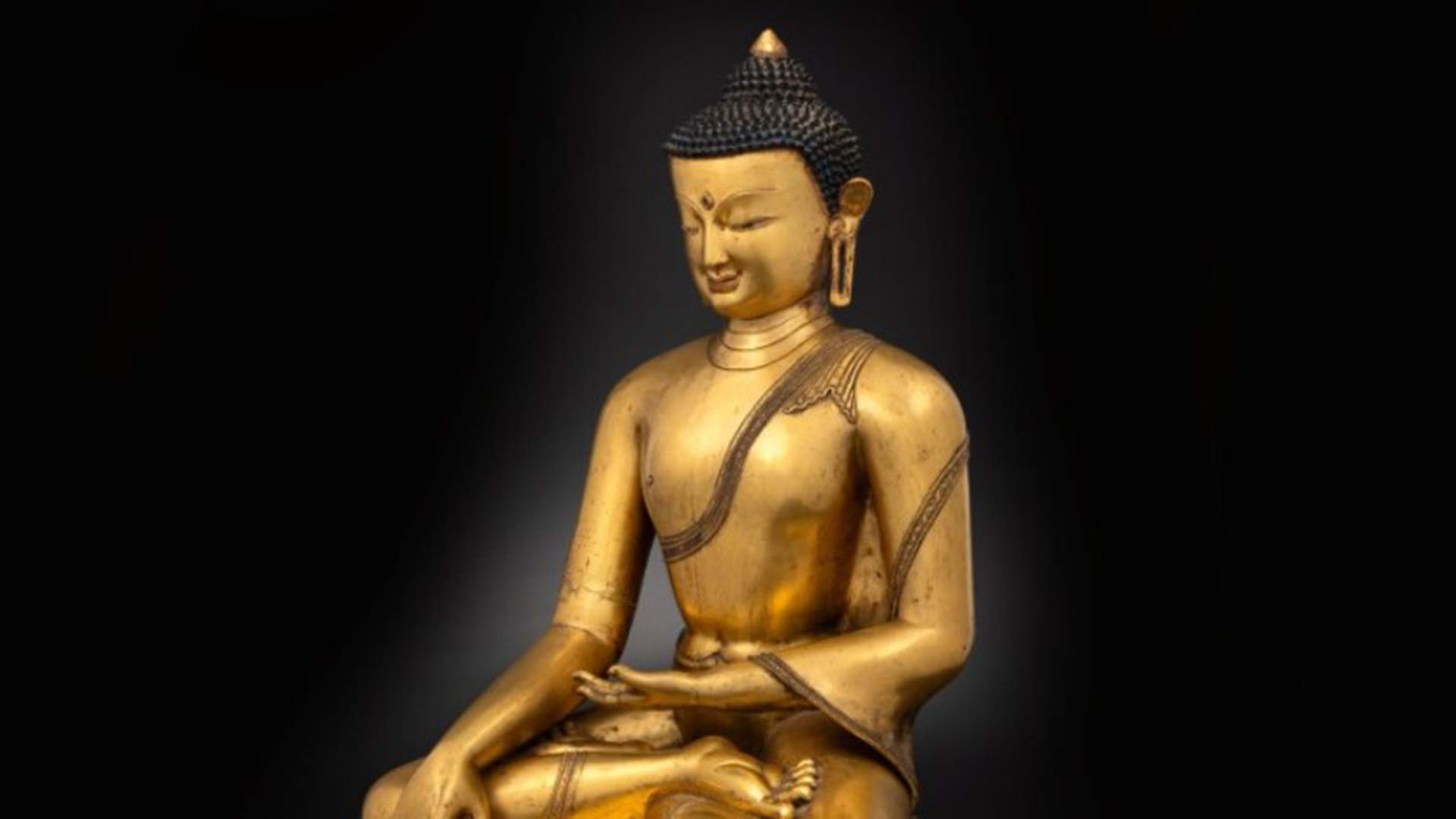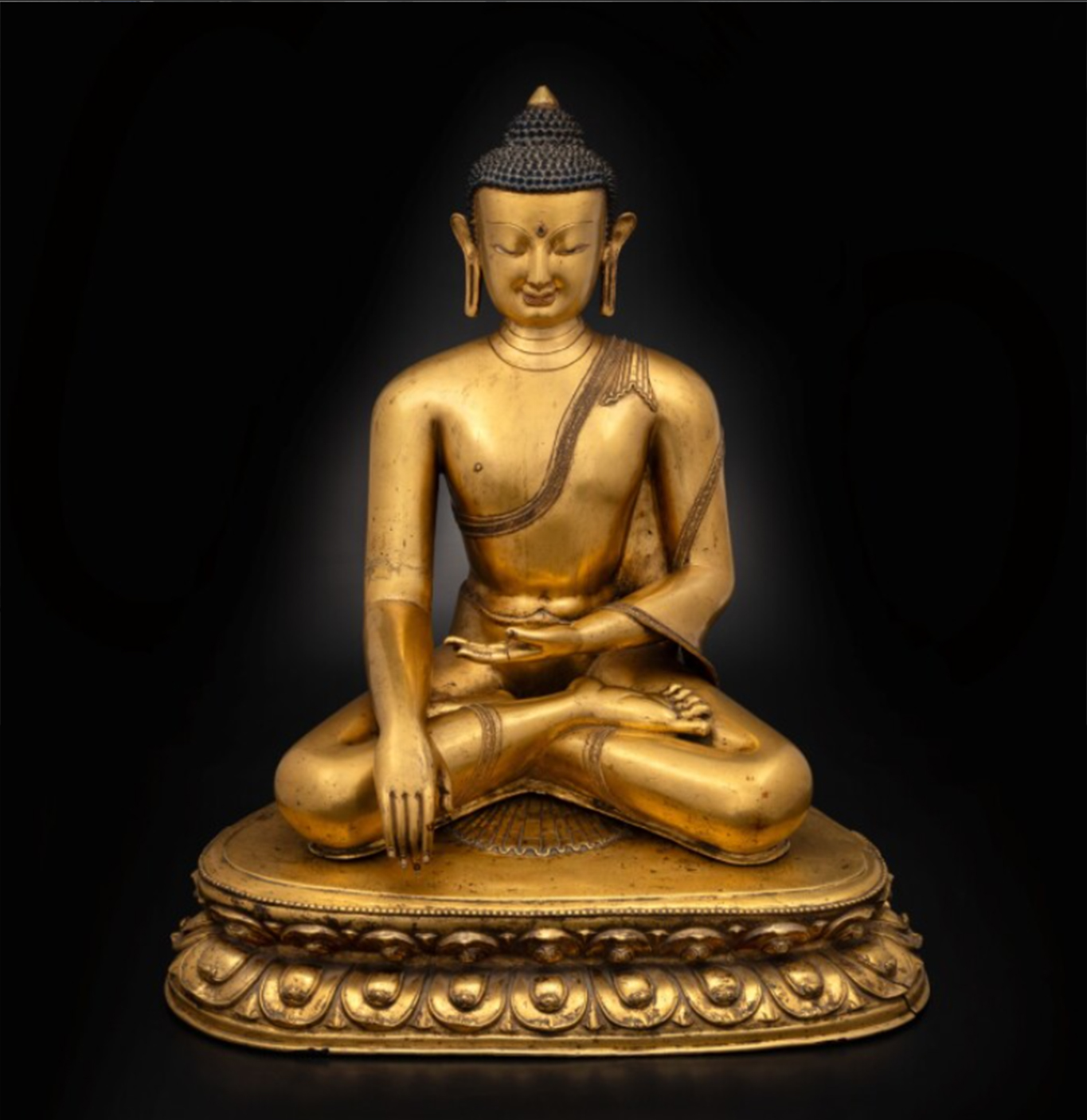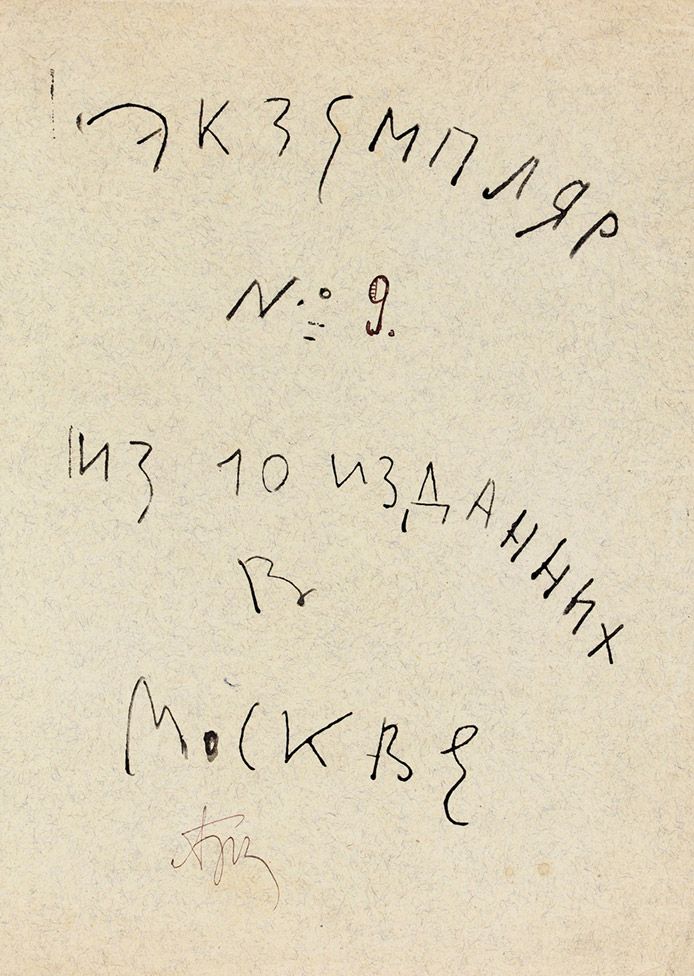To drive the "Wave": Hokusai's engraving and Vasnetsov's lost painting

The night ravings of the Twisted Ones, Vasnetsov's lost beggars, the most famous oriental engraving in the world and a 14th-century statue of Buddha from Tibet. March is traditionally considered one of the peak months of the auction season. And although the auctions of modern Western art, where, as a rule, the most impressive figures appear, are already behind us, collectors are waiting for a lot of bright lots that have yet to find a new owner. Details can be found in the Izvestia article.
The lost painting by Viktor Vasnetsov
The most expensive Russian lot this month is Viktor Vasnetsov's "Pilgrims". A rather large canvas (more than a meter wide) was first presented to the public at the artist's retrospective at the State Russian Museum. Nothing was known about him for the entire 20th century, until in 2003 the work appeared at Sotheby's - where, however, it was sold for a ridiculous $50 thousand. like the work of an unknown craftsman. Unfortunately, our compatriot bought it, after which serious research began, and the timing specialists took over. They eventually determined the authorship.
We usually treat stories about a lost and miraculously found masterpiece with skepticism. Especially when an unsigned canvas is attributed to a great painter. But in this case, everything looks really convincing. The fact is that Vasnetsov has a number of works that can be considered sketches or prototypes of the "Pilgrims".
"Vasnetsov first created a watercolor image of a group of singing beggars back in 1867. Vasnetsov wrote the first full-fledged prototype of the canvas on this topic in the 1871-1872's and repeatedly refined it. The artist returns to this story in 1873, working on the painting "Beggar Singers", which is now in the collection of the Vyatka Art Museum," the Moscow Auction House emphasizes.
In addition, Vasnetsov's preparatory drawing from the Tretyakov Gallery collection can now be seen at an exhibition in the painter's House Museum.
All this determines the considerable estimate of the lot — $ 1.5 million. Large canvases by the classic of the 19th century are very rare at auction, but when they have such a history, even more so.
14th century Buddha Statue
Sotheby's will hold auctions of Indian and Himalayan art this month. The top lot of the auction will be a bronze Buddha statue 70 cm high, made in the 14th century. This amazing rarity was cast by an unknown craftsman for one of the monasteries in central Tibet and echoes the bronze statues from the Shalu monastery. Founded in the 11th century and located in the mountains, at an altitude of about 4 km above sea level, Shalu is known primarily for its paintings of the 14th century. During the same period and later, a number of figures of seated deities were created for him, including a statue of Buddha. It bears an absolute resemblance to the Sotheby's copy, but in a number of ways it dates back to a later time — the 15th century.

It is also important that the described sculpture has preserved its original double pedestal, which depicts lotus leaves and a Buddha fan.
A good question is how this religious object got to the West: it is reported that until 1980 it was kept in an American private collection, then it got to a California gallery, and from there it was sold in 1988 to the current Dutch owners. Anyway, there were no claims from state or religious organizations against the auction house, so if there are those willing to pay from $ 600 thousand to $ 1.5 million for the statue, it will soon find a new owner.
The famous Hokusai engraving
Oriental art will also be sold by Christie's. And there, one of the most famous prints in the world attracts attention.: "The Big Wave in Kanagawa" by Katsushiki Hokusai. This is the first work from the cycle "Thirty-six types of Fuji". It dates back to 1830, when the artist was already 70 years old. A set of 36 woodcuts (woodcuts) immediately became very popular, after which it was decided to make an addition — 10 more sheets with images of the mountain on the other side. However, none of the other images has occupied such a place in world culture as the "Big Wave". Since the 19th century, it has been endlessly reproduced, replicated, and used as a symbol of Japanese art, but in the 20th century, this image became part of the mass culture.

Today, Hokusai's thing can be seen in advertisements and movies, on house facades, on clothes and bags... It's pointless to list them. It is enough to look at the picture once to understand that you have definitely seen it. Hence the considerable estimate (especially for a limited edition item): $400-600 thousand. However, this is far from a record level. Two years ago, another print of the same engraving was sold for $2.8 million. The thing is that he was one of the earliest, when the board from which the print was made was not too worn out yet. In the case of the new lot, Christie's delicately avoids the issue of the date of its appearance, from which it can be concluded that this is a later copy — however, signed by the artist himself and, therefore, having formally the same status as the first print run.
A hand-printed book by Alexey Kruchenykh
The most interesting lot, also related to print art, is presented by the Russian auction house Litfond. This is the book "Night Scribbles. Litutil the first" by futurist Alexei Kruchenykh, hand-printed in 10 copies. The author of the "abstruse" poem "Dyr bul shyl" stood at the origins of the genre of the handwritten futuristic book. Kruchenykh began producing such works, usually in collaboration with great artists (Olga Rozanova, Natalia Goncharova, and others) back in the 1910s. The idea was that not only the meaning of the text, but also its very appearance has artistic significance, becomes an expressive image. Such are "Blowing Up", the joint "Game in Hell" and "Mirskonets" with Khlebnikov... They were printed, as a rule, by the lithographic method (from the author's sheets), in the amount of several hundred copies.

Later, living in the Caucasus, Kruchenykh continued to experiment with the appearance of books and often replicated handwritten editions on his own, using, in particular, a hectograph, an early copier. This is how the "Night Scribbles" were made. The original manuscript is now kept in the Mayakovsky Museum, and the lot submitted for auction belongs to those 10 copies that were printed by Kruzenykh on a hectograph. On the back of the back cover, the poet wrote so: "Copy No. 9 out of 10 published in Moscow," and on the back of the title page is a dedication to Nikolai Aseev, another major poet of the era: "I give Kolya Aseev my nightly delirium, don't go crazy! 1932 Moscow. A. Kruchenykh". Naturally, the starting price of the rarity was 700 thousand rubles and, most likely, will be significantly exceeded.
Переведено сервисом «Яндекс Переводчик»

